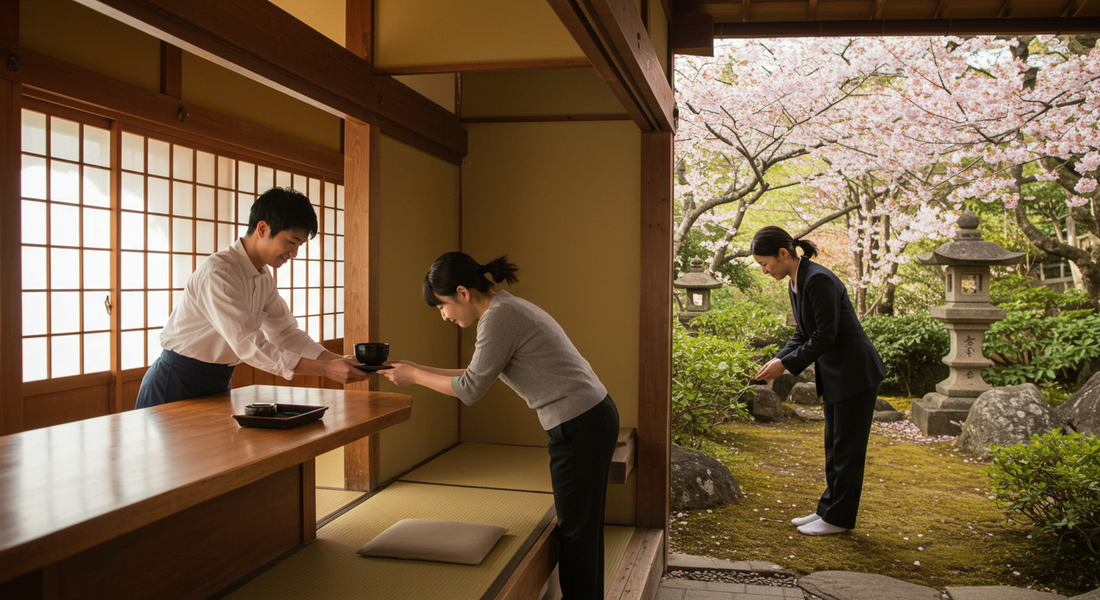
Thank You Very Much in Japanese: How to Say It Like a Native!
Gratitude is a cornerstone of Japanese culture, and knowing how to express it properly is key to connecting with people in Japan. According to Statista, over 3.7 million people are learning Japanese worldwide, and mastering phrases like "thank you very much" is often one of the first lessons.
This guide will teach you the different ways to say "thank you very much" in Japanese, their cultural nuances, and how to use them in everyday conversations.

Understanding the Meaning of 'Thank You Very Much' in Japanese
Breaking Down the Phrase: Arigatou Gozaimasu
The phrase arigatou gozaimasu (ありがとうございます) translates to "thank you very much." It’s the standard way to express gratitude politely in various situations, from thanking colleagues to expressing thanks to a shopkeeper.
Politeness Levels in Japanese Gratitude
Japanese culture emphasizes politeness through language. Adding gozaimasu to arigatou increases the formality, making it suitable for work or formal interactions.
Common Ways to Say 'Thank You Very Much' in Japanese
Arigatou Gozaimasu: The Standard Polite Expression
This phrase is versatile and can be used in most scenarios where politeness is expected.
Domo Arigatou Gozaimasu: Adding Extra Politeness
Adding domo (どうも) to the phrase emphasizes sincerity, making it appropriate for moments of heartfelt gratitude.
Arigatou Gozaimashita: Thanking for a Past Action
This past-tense version, arigatou gozaimashita (ありがとうございました), is used when thanking someone for something they’ve already done, like after receiving help or a service.

Casual vs. Formal Ways to Express Gratitude
Arigatou vs. Domo: When to Use Each
-
Arigatou (ありがとう): Casual and best suited for friends or peers.
-
Domo (どうも): Brief and informal, perfect for quick exchanges like thanking a cashier.
Phrases for Different Contexts: Work, Family, and Friends
-
Work: Use arigatou gozaimasu to maintain professionalism.
-
Family/Friends: Casual arigatou works fine in relaxed settings.
Cultural Insights: Gratitude and Politeness in Japanese Society
Why Politeness Levels Matter in Japanese Culture
In Japan, the formality of your gratitude reflects respect. Using casual phrases in formal settings can be seen as disrespectful, while being overly formal in casual settings might feel awkward.
Common Mistakes to Avoid When Saying Thank You
-
Avoid using domo alone in professional or formal settings.
-
Overusing casual phrases like arigatou in inappropriate situations might cause misunderstandings.

Conclusion
Understanding how to say "thank you very much" in Japanese goes beyond words—it’s about appreciating the culture’s deep respect for politeness and context. By mastering phrases like arigatou gozaimasu and its variations, you can navigate conversations with ease, leaving a positive impression.
